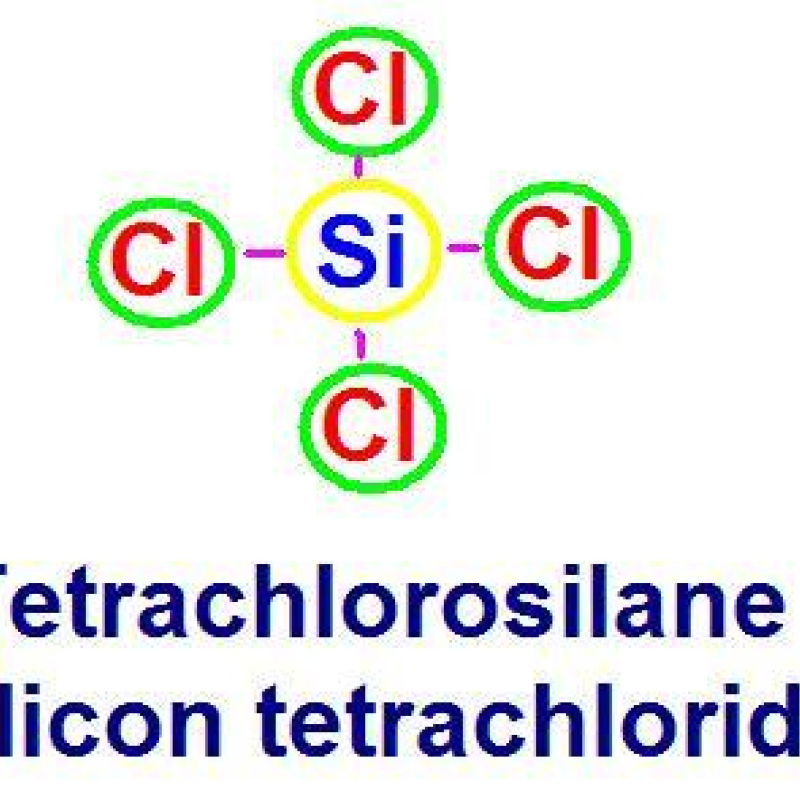Low Carbon Trichlorosilane
The dried silicon powder reacts with the dried hydrogen chloride gas at 340°C in a chlorination fluidized bed furnace, and the generated crude trichlorosilane is separated into silicon tetrachloride by a wet dust collector and a pipe bundle condenser distillation tower, and then condensed to obtain the finished product. The product can also be obtained by the reaction of ferrosilicon and HCl.
Colorless liquid with smelly odor. it'll decompose with water and dissolve in carbon disulfide, carbon tetrachloride, chloroform, benzene, and plenty of others. flammable, can spontaneously ignite within the air. toxic!
It could go through an addition response with olefins.
The hydrosilylation response of ethylene is as follows: cl3si-h + h2c=ch2 → cl3si-ch2-ch3 . the reaction is catalyzed by way of catalysts which includes h2ptcl6, co2(co)8, ni(cod)2, nicl2(pph3)2 or rhcl(pph3)3.
Specification
InChIKey | ZDHXKXAHOVTTAH-UHFFFAOYAH | ||
UN number | 1295 | RTECS | VV5950000 |
Chemical Formula | SiHCl3 | Mole Mass | 135.4524 g·mol⁻¹ |
Exterior | colourless liquid | Density | 1.342 g/cm3 |
Melting Point | -126.6 °C | Boiling Point | 31.8 °C |
Solubility (water) | Decomposition by water | Vapour Pressure | 0.660 bar (20 °C) |
Prepare
The dried silicon powder reacts with the dried hydrogen chloride gas at 340°c in a chlorination fluidized bed furnace, and the generated crude trichlorosilane is separated into silicon tetrachloride by using a wet dust collector and a pipe bundle condenser distillation tower, and then condensed to reap the completed product. the product also can be received by using the reaction of ferrosilicon and hcl.






